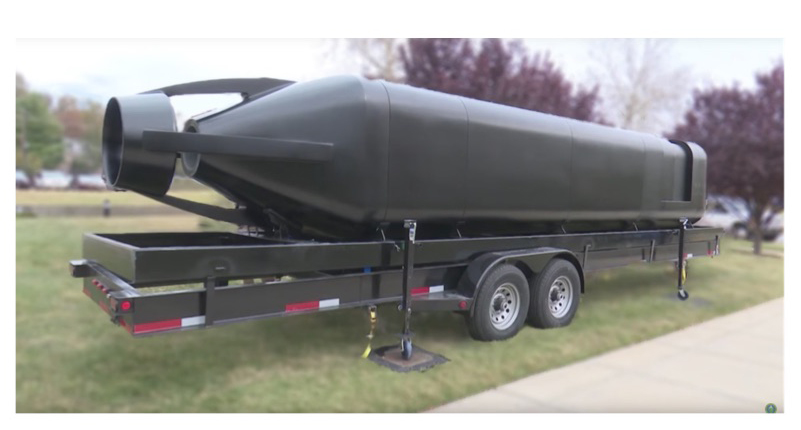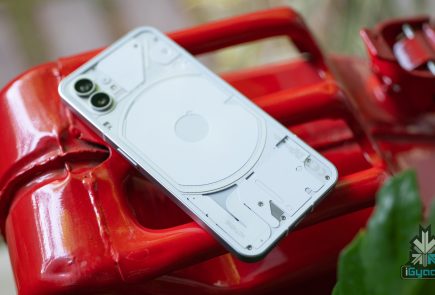The US Navy Used 3D Printing To Develop A Concept Submersible In Under 4 Weeks

3D printing has a come long way since its inception. From developing straightforward and simple products to now printing intricate and massive structures, there has been quite a growth in the field of 3D printing.
Militaries from all over the world have recognised the utility of 3D printing as a cost effective resource for the future. They’ve eyed 3D printing for printing up replacement parts for warplanes, grenade launchers, and even meals for soldiers. The US Navy recently, teamed up with Oak Ridge National to develop a concept submersible which was printed under 4 weeks.
Using 3D printing to develop weapons sounds futuristic, but, it will be a viable option in a couple of years if everything goes as planned. The 3D printed concept submersible was developed by a team from the Naval Surface Warfare Center (NSWC) and Carderock Division’s Disruptive Technology Laboratory (DTL) and has a name too, Optionally Manned Technology Demonstrator.
The team began work in August of 2016 and used an industrial 3D printer called Big Area Additive Manufacturing (BAAM) to develop six carbon fibre sections, which were then assembled to form the 30-foot vehicle. The US Navy’s largest 3D printed asset was developed in 4 weeks, out of which a week was consumed to design the structure and the rest, for printing and assembly.
According to the Department of Energy, a typical hull takes anywhere between 5 to 8 months to manufacture and costs around $600,000 to $800,000. This 3D printed vehicle cost 90 per cent of that amount and was manufactured in under 4 weeks. The time taken to manufacture this vehicle means that replacement parts or specially designed equipment can be deployed at a rapid pace.
It is important to note that this is not a functioning machine by any means and just a concept as of now. The concept, however, is a proof that replacement parts and such heavy equipment can be manufactured using 3D printing. This is definitely a step in the right direction for rapid and cheap manufacture of defence equipment. It’s expected that fleet-capable prototypes of the 3D printed vessels could be deployed by as early as 2019.























 ! For i
! For i